Can Pono Change the Face of Mainstream Audio Quality?
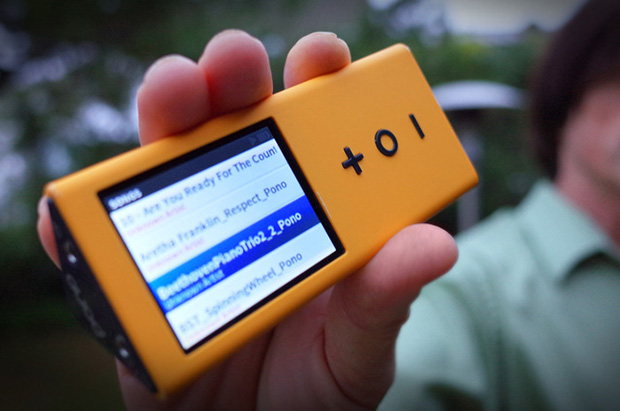
By Jason Epstein
“WE’RE NOT CHANGING MUSIC. WE’RE LETTING MUSIC CHANGE YOU”, is the message emblazoned across Pono’s landing page. PonoMusic promises to take artist-approved master recordings and put them in the listener’s hands, with fidelity anywhere from 6 to 30 times that of a regular MP3 file. This is Neil Young’s (a man who is worth $65M according to celebritynetworth.com) Kickstarter baby, and every rocker from Flea to Sting has endorsed it.
The Player will cost $399 and comes with 128GB of storage, which can house 100 to 500 high-resolution digital-music albums, according to Pono. Won’t music-lovers likely have a collection larger than that? It may not be an issue now (the service only has about 8,000 artists on their roster) could become important as the service expands and owners find an increasingly large percentage of their music collection ballooning to Pono-grade HD-sizes.
The PonoPlayer uses zero-feedback circuitry, a digital filter, and a high-quality digital-to-analog converter to create a warm sound reminiscent of a brand new vinyl record. They promise no distortion or distance, and no lack of subtlety – just rich audio as it was meant to be played.
The question is, will you notice? Made by a musician and endorsed by musicians, this seems like a dream come true. And yet, to the average music listener who is perfectly at ease with 192 kbps Spotify streams, static-ey radio, variable YouTube audio quality, robotic digital recordings, and low-end Apple ear buds, the increase in audio fidelity may not be discernable past the general placebo effect of believing it is. That brings us to another point: just like an HDTV only works well with HD channels and a good HDMI cable, the PonoPlayer is likely limited by the headphones or speakers in use.
Yet, there likely is a sustainable market, if limited in size, willing to shell out for lossless digital audio. Musicians and true music lovers know well the full-body and mind sensation that can be achieved while awash in a pure ‘wall of music’ from a device that captures everything from the most subtle accent to the most powerful center-speaker drive.
Though the PonoPlayer works with any MP3, it works best with PonoMusic. Unfortunately, Pono files won’t play on your iPhone or Android device. Why go proprietary? The price of PonoPlayer is unclear, but the fact that it will have its own branded (though not compulsory-use) music library smacks of a meeting where terms like “subscription service revenue stream” were probably thrown around to get investors excited. Case-in-point, the PonoMusic online store will also sell headphones and other products suitable for use with the PonoPlayer. A PonoMusic App will accompany a desktop computer media-management system, allowing customers to download and sync music to their player. According to Digital Music News’ Why Pono Is the Worst Audio Player I Have EVER Seen, albums will be available between $14.99 and $24.99 at PonoMusic.com.
The Pono Kickstarter seems more like a free publicity campaign than a measure of financial risk-mitigation. After all, would 800K really get an expensive piece of audio equipment made over the course of 2 years with a prominent musician, the renowned Ayre Acoustics labs, and a supply chain that spans San Francisco, Ireland and China?
An iPod and iTunes enemy, this is not. But a revolution in bringing high-fidelity audio to the mainstream…it could be.
Check out Pono’s Kickstarter here, where at the time of writing they’ve raised almost 4.5M of their $800,000 goal.

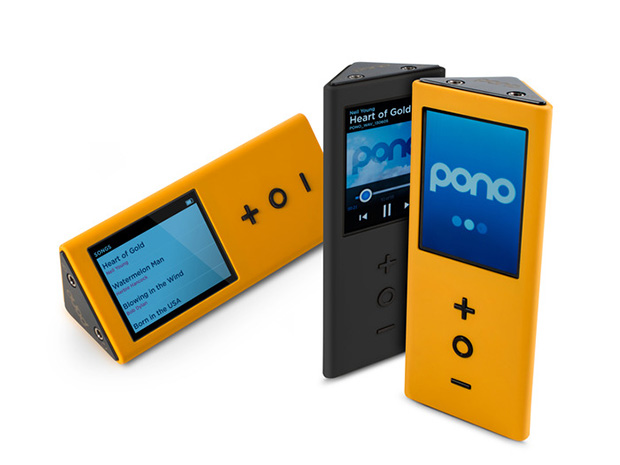
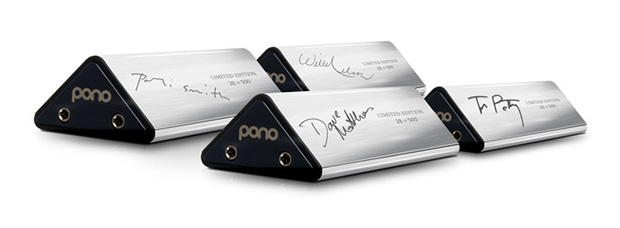
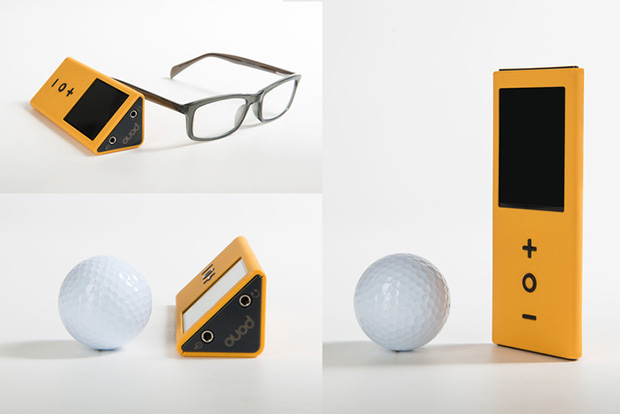
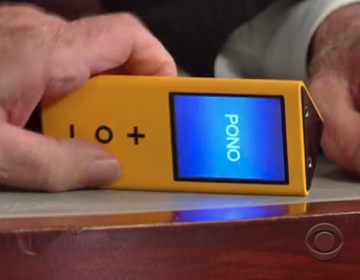

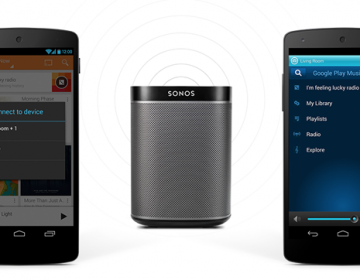


![[Interview] Rob Stenson of CanOpener](https://www.soundctrl.com/wp-content/uploads/2013/12/photo-5-copy-360x280.jpg)